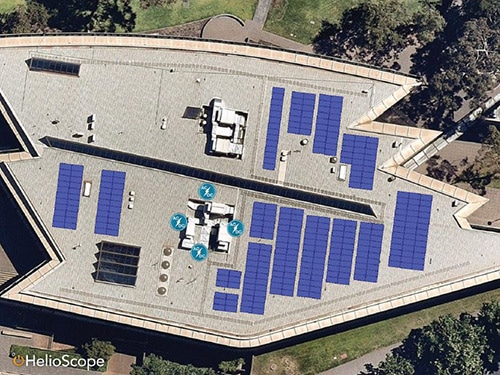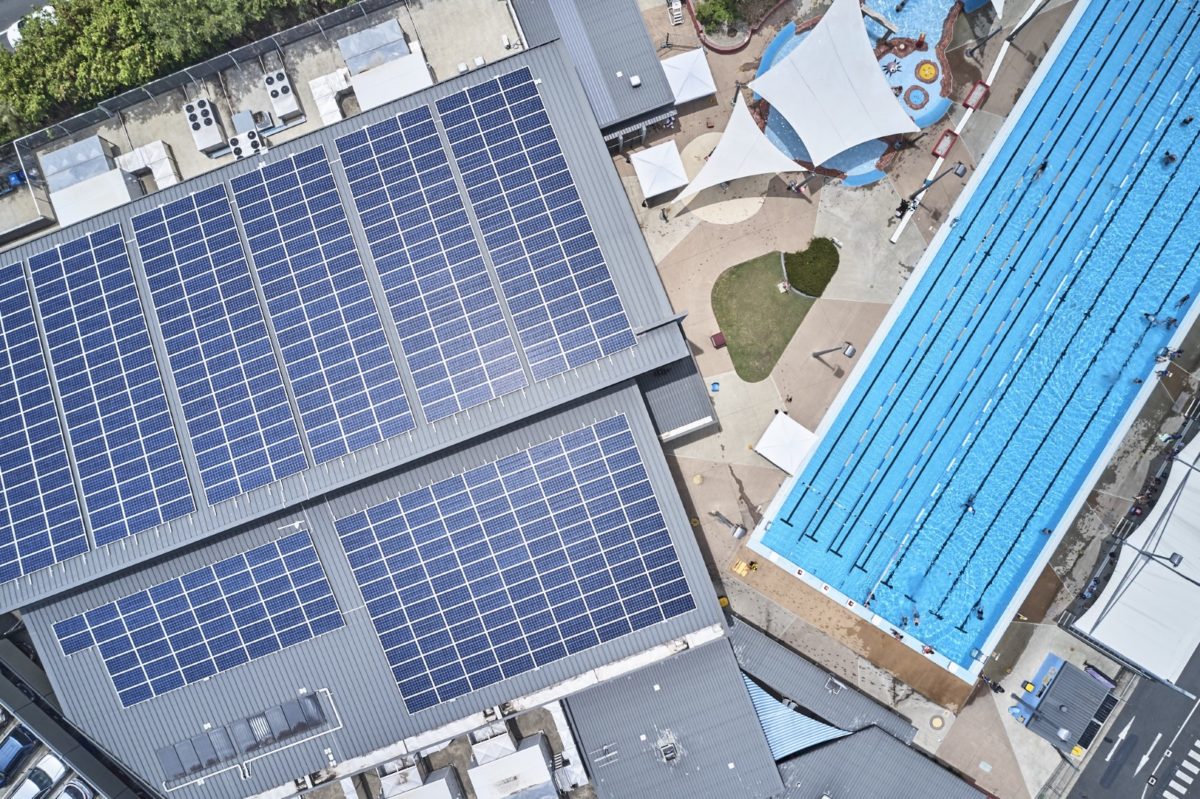Last year the city council for Wagga Wagga, a town in New South Wales’ Riverina region, installed solar systems with a collective capacity of 130 kW at its Civic Centre and Livestock Marketing Centre. Combined, the systems have generated 182 MWh of electricity for the Council, saving it over $46,000.
The installations have proven so successful a spokesperson for the Council told pv magazine Australia it is planning a far bigger solar installation, 500 kW, expected to be commissioned next year.
The third system will be at the town’s Oasis Regional Aquatic Centre. Originally, the Council had hoped to install solar on the roof of its Civic Theatre, but during the design stage a condition assessment identified issues which made it unsuitable for a solar system.
The funding for that system was then reallocated to its $1.3 million budget for the Oasis Energy Savings Project, which includes 500 kW of rooftop solar.
“The project will improve our services, for example the heating of the hydrotherapy pool will be more consistent, and the water temperature will be hotter. We’ll also have better air handling, improve the internal air quality and atmosphere with reduced humidity, and keep the air warmer during winter and cooler in the summer,” the Council’s Project Coordinator, Thomas Lemerle, said.
“It’ll be the first step in moving the Oasis towards clean energy and reaching Council’s targets for net zero emissions.”
Wagga Wagga is just one of a number of city council embracing solar to simultaneously save money and decarbonise. In fact, just last week the Victorian Energy Collaboration announced 46 of Victoria’s 79 local councils powered by renewable energy.

City of Wagga Wagga
Solar system details
The 99 kW solar system on the Civic Centre building was laid horizontally in order to maximise the number of panels the roof could fit, with Lemerle saying the Council were “very pleased” with its performance.
The solar system installed there and at the Livestock Marketing Centre were co-funded by the Department of Climate Change and Energy Efficiency under its Community Energy Efficiency Program (CEEP).
“We’re on track for the Civic Centre system to pay for itself in 2.6 years, and the Livestock Marketing Centre system in 3.3 years,” Lemerle added.
Both systems were installed by Solar Professionals, the trading name for KGM Services.
This content is protected by copyright and may not be reused. If you want to cooperate with us and would like to reuse some of our content, please contact: editors@pv-magazine.com.









And once the payback period’s over – those panels should still be providing 90% of their original power output for 25+ years. Maybe close to that after 30 – 35 years. Clearly, a no-brainer!